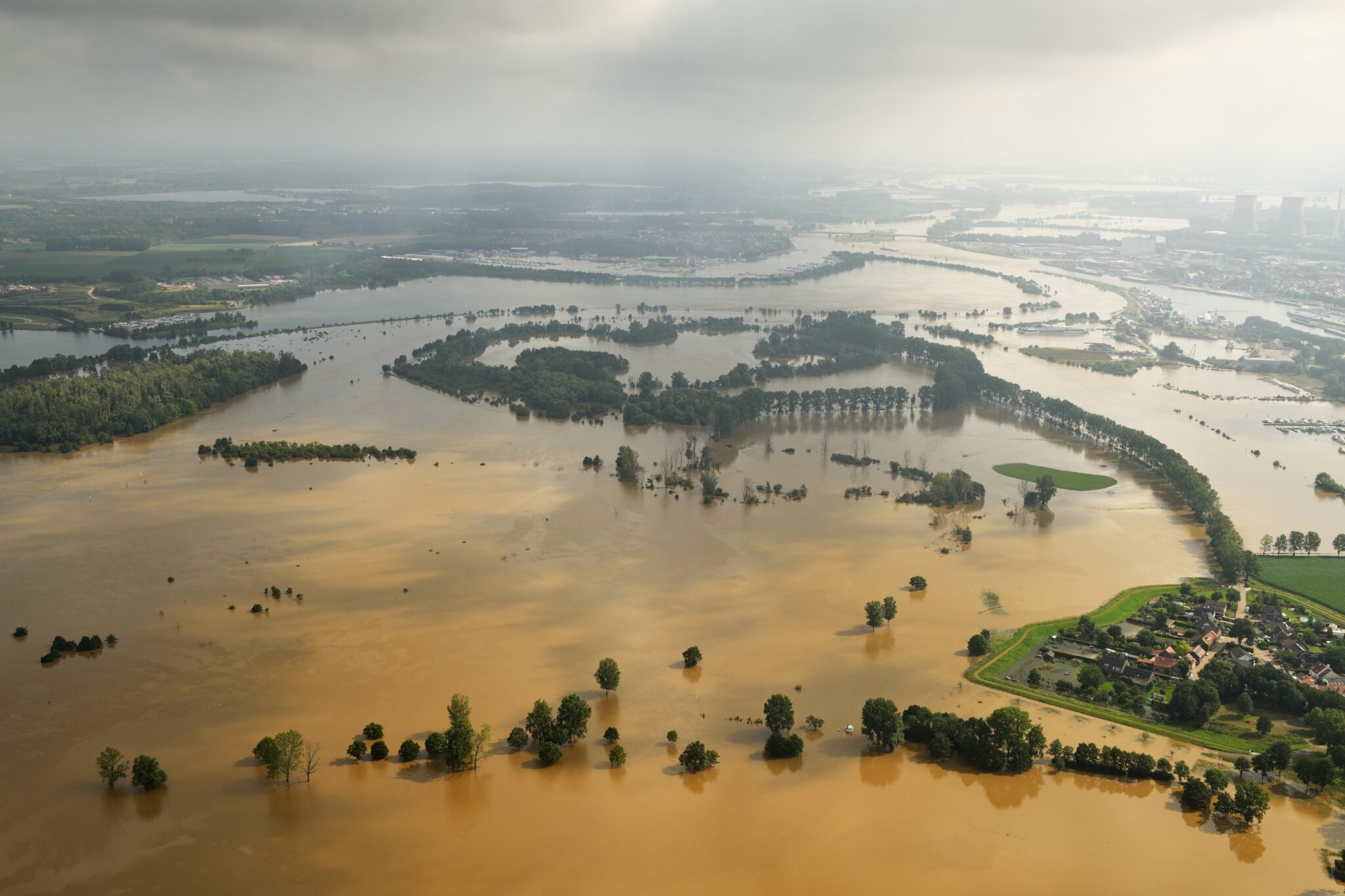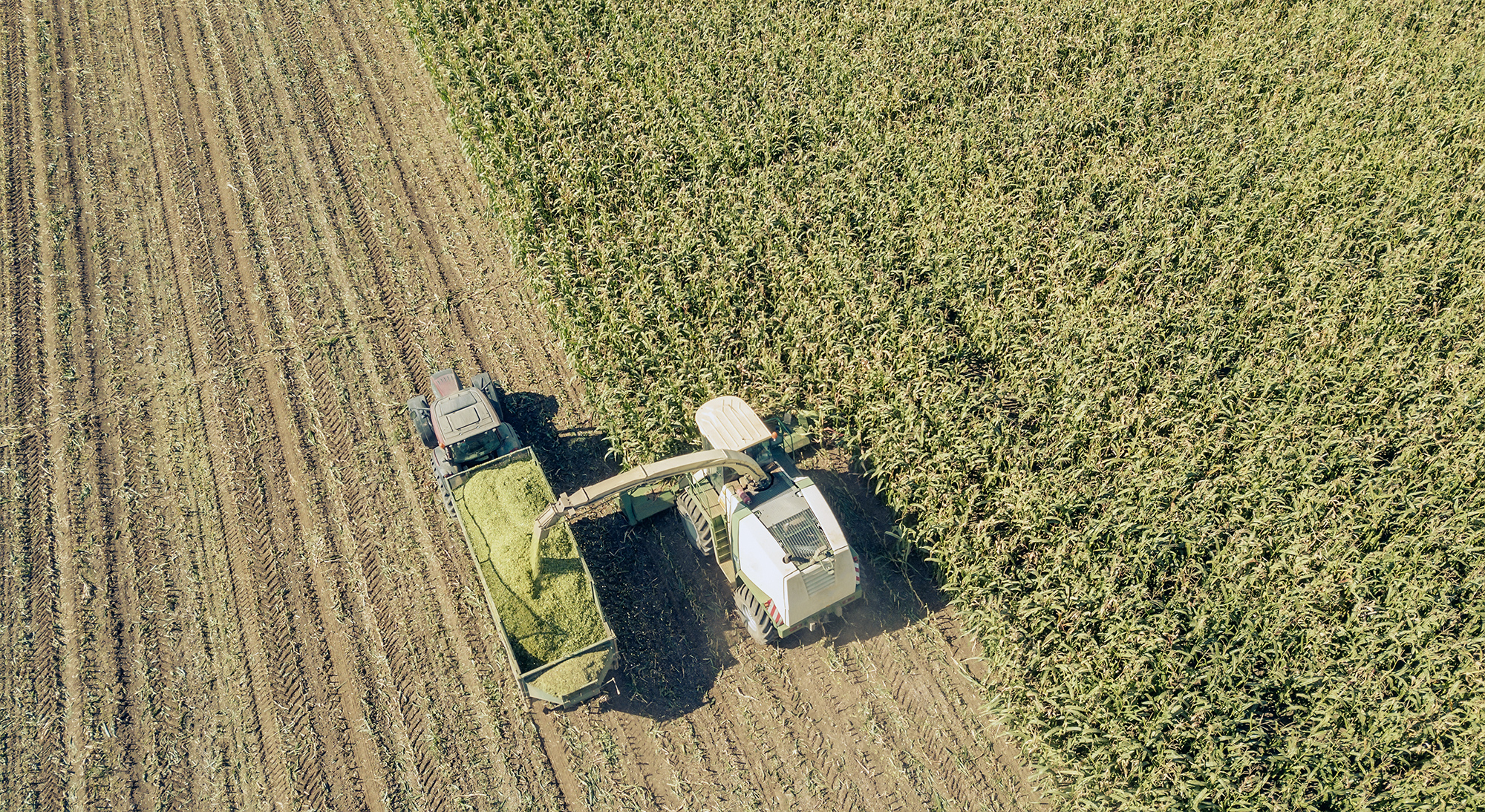Press release: Italian Recovery Plan completely ignores nature – despite Commission guidelines

Italy plans to spend only 0.51% on biodiversity measures in their Recovery Plan while throwing money at potentially environmentally harmful projects
By Honey Kohan
To help Member States counteract the social and economic impacts of the Covid-19 pandemic, the European Commission launched a “Recovery and Resilience Facility” (RRF) in February 2021. The RRF will make €672.5 billion in loans and grants available to support reforms and investments undertaken by Member States to make European economies and societies more sustainable, resilient and better prepared for the challenges and opportunities of the green and digital transitions. The Commission requires that a minimum of 37% of each Member States Recovery Plans must go towards climate action. Italy not only fails to reach this target allocating around 30%, but also fails to invest in the restoration of natural ecosystems, a crucial element of any meaningful climate policy.
Member States are in the process of preparing their Recovery and Resilience Plans that set out a coherent package of reforms and public investment projects. The Italian government has presented its final version of their national Recovery and Resilience Plan where it is revealed that a measly 0.51% has been dedicated to notionally biodiversity-targeted investments. In reality, even this tiny fraction is an overestimate as it includes points such as the installation of wi-fi in national parks. The Natura 2000 network is never mentioned in the plan neither in terms of safeguards nor in terms of investments.
Adding insult to injury, the current Italian plan also simplifies environmental impact assessment procedures, meaning there is a high risk that projects that damage biodiversity will be funded. It also further reduces the ability of civil society to participate in the process and act as a watchdog to assure proper spending and respecting the rule of law. This is very concerning as a whole range of high-impact infrastructures are already planned. For example, in their regional plan, the Piemonte region has inserted the development of alpine ski infrastructures inside a Natura 2000 site.
In an open letter, BirdLife Europe urges the European Commission to address these issues and bring the Italian Recovery and Resilience Plan in line with the criteria set out by the Commission themselves.
Ariel Brunner, Senior Head of Policy, BirdLife Europe:
“Italy’s Recovery Plan, Europe’s biggest, is meant to deliver the EU Green Deal, instead it risks undermining it by funding 20th century infrastructures while ignoring the urgency of recovering biodiversity which is a 21st century emergency.”
Danilo Selvaggi, General Manager of Lipu-BirdLife Italy:
“As it stands, the Italian Recovery Plan misses the plot, and does nothing to align itself with the EUs climate and biodiversity ambitions. It is crucial that the European Commission intervenes to make sure Italy follows the guidelines and correct their plan, and help put nature not just in the heart of EU policy, but also in Italian policy.
ENDS.
Notes for editors:
LIPU recommends the following points to be amended in the Italian Recovery and Resilience Plan
For more information, please contact:
Honey Kohan, Communication Manager, BirdLife Europe and Central Asia
+32 483 55 95 43
[email protected]
BirdLife Europe and Central Asia is a partnership of 45 national conservation organisations and a leader in bird conservation. Our unique local to global approach enables us to deliver high impact and long-term conservation for the benefit of nature and people. BirdLife Europe and Central Asia is one of the six regional secretariats that compose BirdLife International. Based in Brussels, it supports the European and Central Asian Partnership and is present in 44 countries including all EU Member States. With more than 4100 staff in Europe, two million members and tens of thousands of skilled volunteers, BirdLife Europe and Central Asia, together with its national partners, owns or manages more than 6000 nature sites totalling 320,000 hectares.
Image credits: © Federico Di Dio / www.fdsmilano.it via Unsplash
You might also be interested in:
 | Stichting BirdLife Europe gratefully acknowledges financial support from the European Commission. All content and opinions expressed on these pages are solely those of Stichting BirdLife Europe. The European Commission is not responsible for any use that may be made of the information it contains. |









